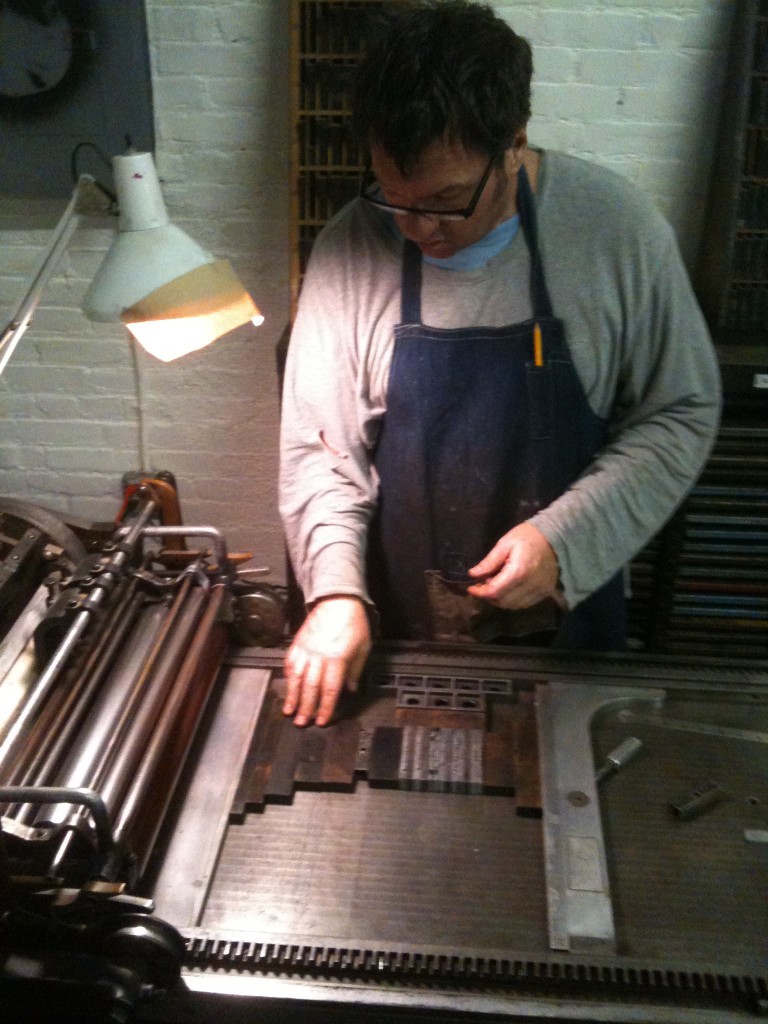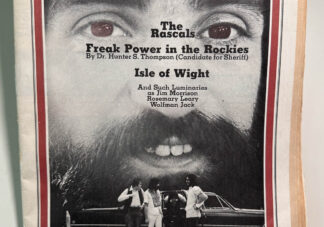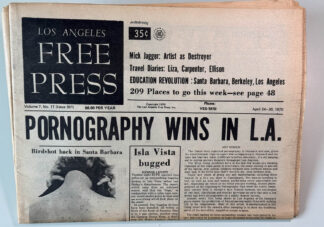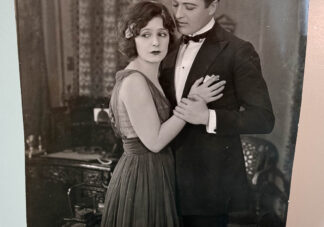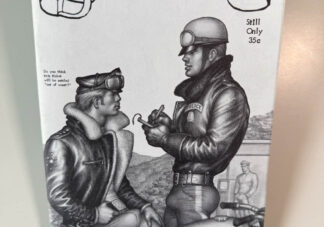So I’m walking down Mission Street with Jack Micheline. It was the winter of ’96, I think. I had just met Jack a few weeks earlier at The Adobe Bookshop, where I had bought some of his paintings.
We developed a fast friendship, probably cause whatever Jack handed me, I’d buy.
Anyway, Jack brings up this cat doing some pretty remarkable work. Some chapbooks. Some broadsides. And something called X-Ray magazine.
I didn’t know anything about any Johnny Brewton, and Jack found that pretty hard to believe. Looking back at it now, so do I.
Jack said, in that drawn-out sort of way he had when he spoke, “you mean you don’t know Johnny Brewton? Ohhhh mannnn, you gotta see his work!”
A few months later I was poking around Kayo! Books when I came across the recently published X-Ray #6. I remember flipping through it and thinking superlative thoughts. And it really made me wonder about the work I was doing. Up to that point, I was basically running chappies off a copy machine. When I saw X Ray, I knew I had to step up my game. I immediately paid for it and set off to meet Johnny, and see what he was all about.
At that time, he worked at a used record store in the Haight. By then we had exchanged a few letters, and one afternoon I jumped on the #7 and made my way up to Recycled Records.
When I asked the dude behind the counter for Johnny, he gave me the sort of look you’d give an undercover cop.
Our meeting was pretty uneventful, except Johnny was kind and courteous, and we had some things in common, and it was the beginning of a friendship that’s closing in on a decade, now.
Johnny ended up designing two books for synaesthesia: Barry Gifford’s The Strangest One of All and Hal Norse’s Sniffing Keyholes.
Those two books were a departure for synaesthesia. I was a mimeo guy before, but meeting Johnny and having him design those two books would mean a change for me; I just upped the ante a bit with Johnny’s help, you know? At least I’d like to think I did.
X-Ray Book Co. is still making great books, and I’m still watching.
And buying.
And learning.





